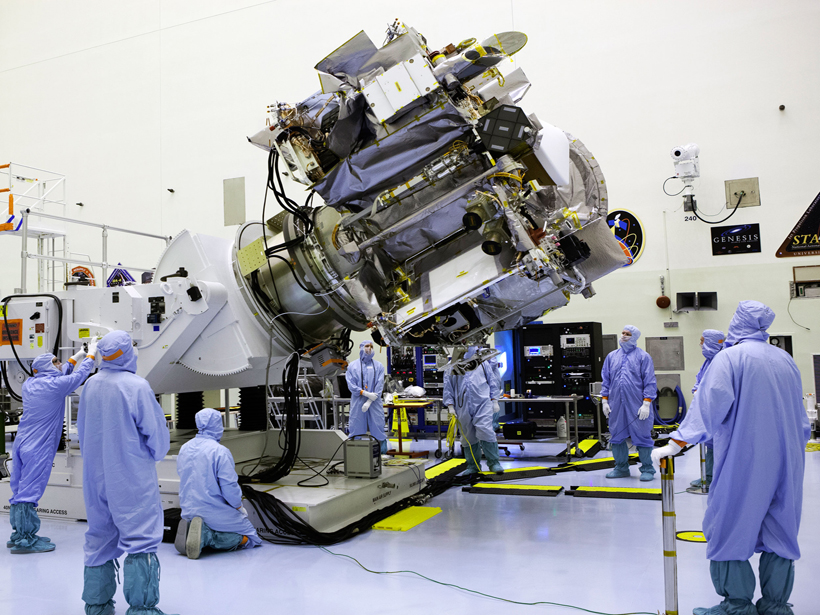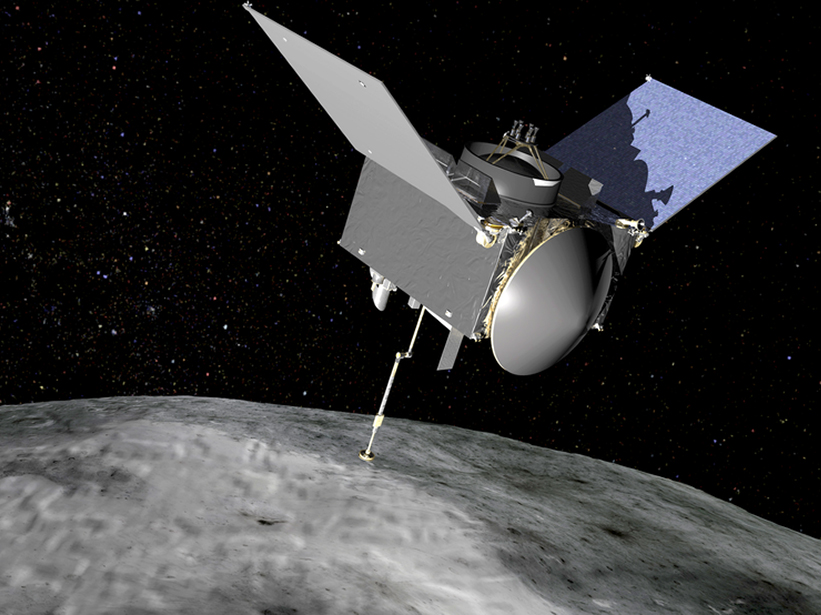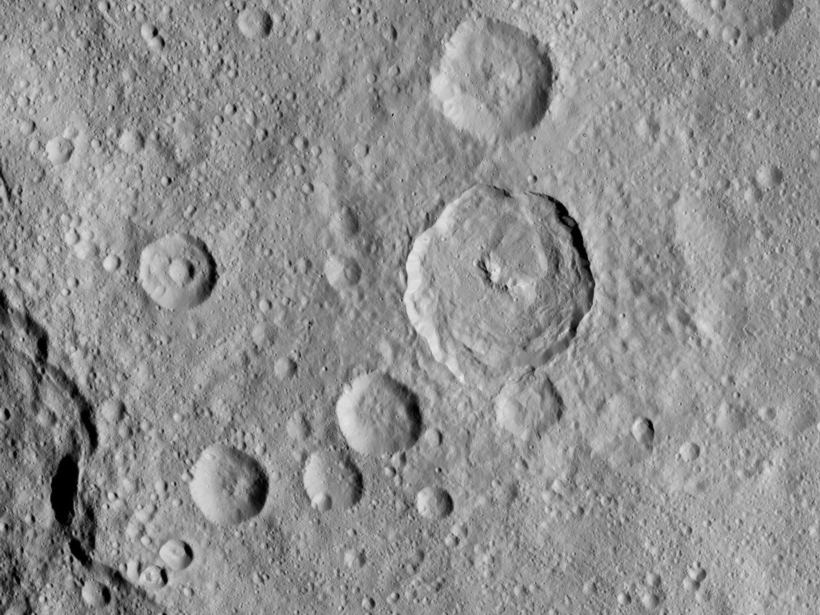Justin Filiberto shares his experience as a guest at the OSIRIS-REx launch; a mission to obtain samples from the asteroid Bennu in hopes of learning more about the origin of water on Earth.
asteroids
NASA's New Asteroid Sampler Will Illuminate Solar System's History
In 7 years, scientists hope to directly analyze materials from the asteroid Bennu, an object that may reveal what conditions were like in the solar system 4.5 billion years ago.
Objects That Slam into Ceres Remain on Its Surface
Hypervelocity impact experiments shed new light on the composition and evolution of the largest dwarf planet's little-known surface.
Finding Debris Clouds Around Asteroids Headed Our Way
Small spikes in the solar system's magnetic field may help scientists detect overlooked and possibly dangerous debris clouds around near-Earth asteroids.
Dawn Spacecraft Enters into Orbit Around Dwarf Planet Ceres
A 16-month investigation of the dwarf planet Ceres could reveal a lot about the most massive body in the asteroid belt and could advance our understanding of the formation of terrestrial planets.
Group Calls for More Focus on Potentially Hazardous Asteroids
A declaration from astronauts, scientists, and others calls for dramatically increasing the detection and tracking of potentially hazardous near-Earth objects.






